
As with other “brachycephalic” breeds, precaution must be taken to ensure your Pug doesn’t become overheated. But first, let’s define what brachycephalic means, and which breeds fit this description. In layman’s terms, it refers to those breeds with a flat and wide skull shape, giving the dog a flat-faced appearance. Other breeds in this category include Boston Terriers, Pekingese, Shih Tzu, Bulldogs, French Bulldogs, and Boxers.
All dogs must be kept well-hydrated and cool when the temperature rises, especially if they spend time outdoors during the heat of the day, or are kept in an area without air-conditioning. But flat-faced breeds can be especially prone to overheating. According to the AKC Canine Health Foundation, heat-related canine conditions are serious if left untreated, and can lead to organ failure and even death from cardiac arrhythmias. Unfortunately, it can happen quickly, so it’s important to recognize the warning signs early.
They include:
Luckily, preventing overheating is not complicated. But these simple precautions are vital.
The big daddy of them all: Never leave your dog unattended in a vehicle in hot (or even warm) weather. Repeat: Never. Temperatures inside a car can shoot up to life-threatening levels very quickly. The situation is so serious that it is a criminal offense in some states. If you see a dog left in a parked car in the heat, alert nearby security or call 911 or animal control.
Always provide access to plenty of fresh, clean drinking water.
When outside, make sure there is an area of complete shade.
Encourage your dog to take breaks from exercise.
Set up a sprinkler or have a hose available for periodic cool-downs.
Avoid being outside during the hottest part of the day. Choose morning or after sunset to walk or exercise with your dog.
Stay off of hot pavement. A dog’s paw pads more sensitive than you think and can suffer burns.
If you think your dog is overheating, act quickly. And as always, seek immediate veterinary attention if you suspect dehydration, heat exhaustion, or other heat-related conditions. Here are steps you can take:
Lastly: You know your dog better than anyone. Some dogs will not stop chasing that ball or tearing around the yard no matter how hot they are. It’s your responsibility to diligently watch for any of the warning signs above, and take action quickly.
- Additional source: Dr. Karen Becker/Healthy Pets
Pug Party! But know when to pull the Pug plug: You can prevent, spot, and treat overheating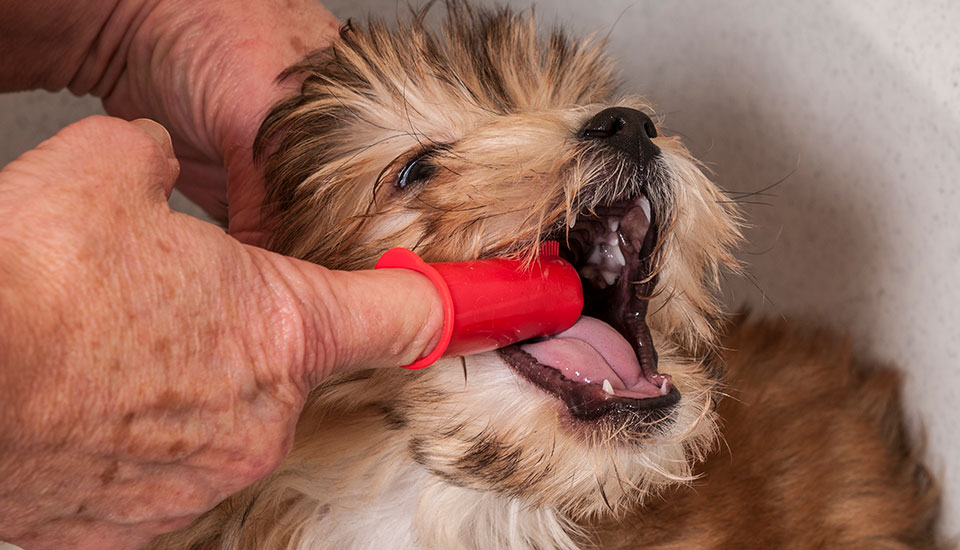 Dog Teeth: How to Brush Them
Tooth-Brushing Basics
The America
Dog Teeth: How to Brush Them
Tooth-Brushing Basics
The America
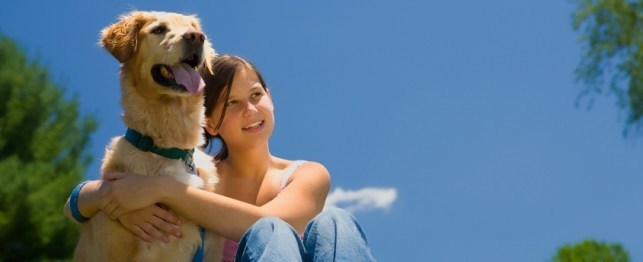 Top Three Summer Lawn Hazards for Dogs
Top Three Summer Lawn Hazards for Dogs
Top Three Summer Lawn Hazards for Dogs
Top Three Summer Lawn Hazards for Dogs
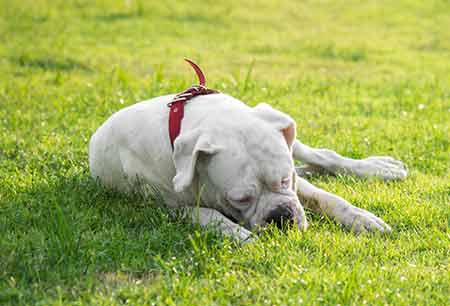 Why Does My Dog Eat Grass?
The fact is that even if your dog h
Why Does My Dog Eat Grass?
The fact is that even if your dog h
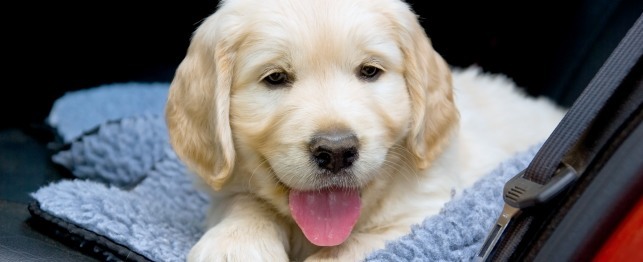 The Car Ride Home
The Car Ride Home
The Car Ride Home
The Car Ride Home
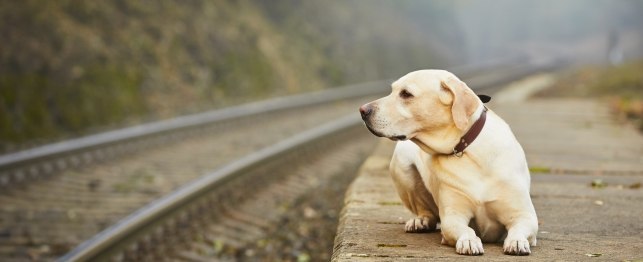 Tips for Finding Your Missing Dog
Tips for Finding Your Missing Dog
Tips for Finding Your Missing Dog
Tips for Finding Your Missing Dog
Copyright © 2005-2016 Pet Information All Rights Reserved
Contact us: www162date@outlook.com